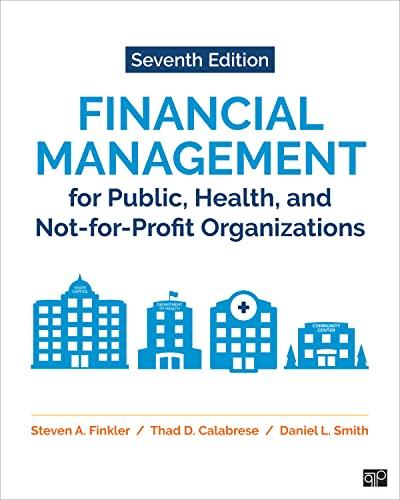Question
During the latest financial tsunami in March 2009 (and November 2008), if investors believe the financial institution has to make a 10% loss provision for
During the latest financial tsunami in March 2009 (and November 2008), if investors believe the financial institution has to make a 10% loss provision for the asset it is holding. How can we use the relationship between the return on assets, the return on capital and the asset-capital leverage for banks and financial institutions to discuss the effect the loss provision on the financial institution's capital and share price? Will the share price drop to zero?
And if we suppose subsequent situation has improved, say, because the government's relaxation of the mark-to-market accounting requirement and other stabilization policies, the financial institution only needs to make a loss provision of, say, 2-3%. What will be the effect of this on the financial institution's share price?
If we use the above results to explain the movements of US financial share prices before and after March 2009. And suppose we believe the US economy and property market would eventually recover, and by that time part of the loss provision made in the past could be moved back as capital of the financial institution. What would be the effect of such an accounting report on the share price of the financial institution?
Step by Step Solution
There are 3 Steps involved in it
Step: 1

Get Instant Access to Expert-Tailored Solutions
See step-by-step solutions with expert insights and AI powered tools for academic success
Step: 2

Step: 3

Ace Your Homework with AI
Get the answers you need in no time with our AI-driven, step-by-step assistance
Get Started


